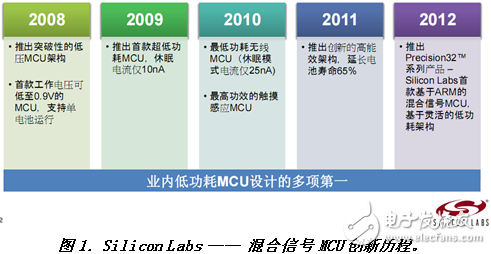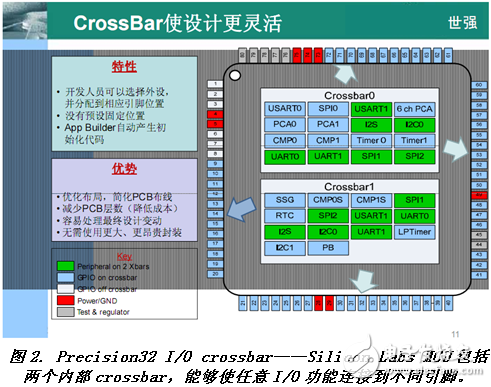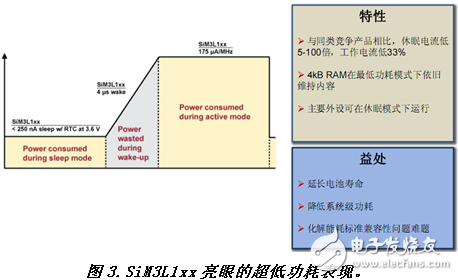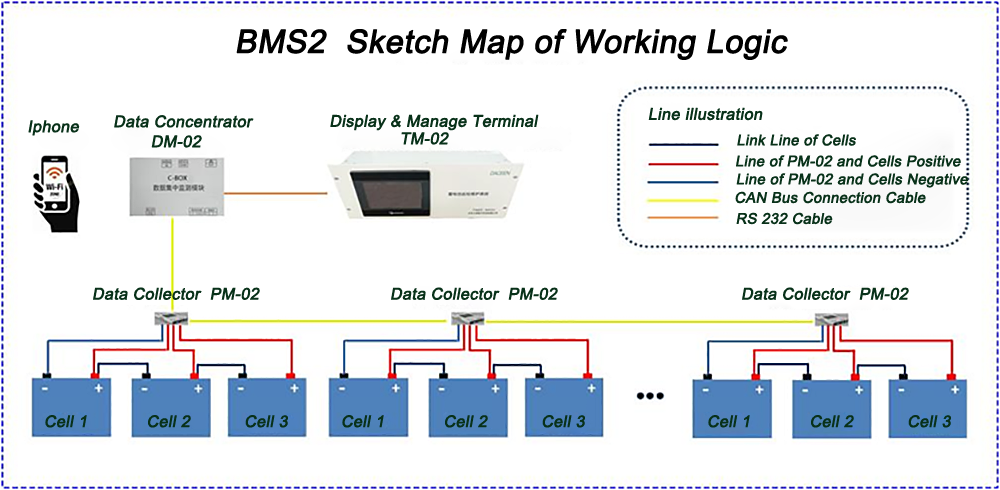A while ago, the MCU market "failed" frequently. Due to the continuous decline in the profit of microcontroller products, Fujitsu Semiconductor first announced the sale of its MCU business, and then Samsung Semiconductor will not continue to fade out of the MCU market. However, there is not only bad news in the overcast MCU market. Recently, Silicon Labs announced the signing of the final agreement to acquire Energy Micro AS.
Mr. Zhang Yuangen, who is the well-known distributor of Silicon Labs MCU product line, is also responsible for the microcontroller business. “The main reason for the exit of Fujitsu Semiconductor and Samsung Semiconductor is that the profit of MCU is falling too much, and the technical advantage is not enough to make up. MCU vendors, Taiwanese and mainland Chinese newcomers are also pouring in, which further lowers prices."
The market is fiercely competitive. Especially in the market where the same core is used, how to implement the differentiation and localization of product development and how to improve the cost performance of products is becoming a challenge that semiconductor manufacturers must face.
For example, for battery-powered handheld devices that use an 8-bit MCU alternative, a 32-bit product based on the ARM Cortex-M3 core is probably the most appropriate option, with a high price/performance ratio, lower power consumption, and greater flexibility. But even Fujitsu's FM3 series can't be sold, TI will almost give up this market and turn to the main Cortex-M0, M4. How will the remaining players realize differentiated competition and kill a way of life?
Mr. Zhang Yuangen takes the example of the successful Precision32 mixed-signal MCU series from Silicon Labs (including the SiM3Uxxx series for USB applications, the SiM3Cxxx series for non-USB applications, and the SiM3Lxxx series for ultra-low-power applications). It analyzes how the Cortex-M3 MCU opens up a differentiated 8-bit alternative in industrial control instrumentation, smart home, portable medical, IoT wireless terminals, and computer peripherals.

32-bit single-chip microcomputer is the only way for 8-bit manufacturers to open up the application market. The most important thing is how to integrate well. It seems that Zhang San Li Si will integrate the ARM core, but the final effect is different. Zhang Yuangen pointed out: "Precision32 series products use Silicon Labs' patented Crossbar architecture to ensure maximum flexibility, coupled with the amazing ultra-low power consumption of the SiM3Lxxx series, making Silicon Labs' Precision32 32-bit MCU series available in many ARM Cortex -M3 MCU stands out."
Patented Crossbar architecture ensures maximum flexibility
Crossbar is a patented technology from Silicon Labs. As shown in Figure 1 below, the Precision32 family consists of two Crossbars that can be connected to any I/O function to different pins. The benefit of this is obvious, it optimizes the layout, there is no pin conflict, and the peripheral function set can be customized (good for selecting low pin count MCUs).

Designers can configure chip pins to simplify board design, such as configuring output pins close to the chip they are connected to. In some cases, this approach can even allow for the use of fewer wiring layer PCBs, resulting in cost savings. In addition, pin reconfiguration can easily handle the final board change problem.
This approach provides greater flexibility when selecting which features are connected to the pins and which are left floating. Flexibility is especially important when using small packages with a small number of I/O pins. Most other MCUs also provide some configuration, but may only support one or two functions on each pin, limiting the number of options and causing potential pin conflicts.
Users don't have to worry about the confusion that so many configurations can cause. The AppBuilder tool provides a graphical interface that allows designers to configure pins using drag and drop. Once configured, the tool can generate boot code that loads the configuration to the MCU. The tool works with commercial IDEs, including Keil and IAR, as well as popular Eclipse, which has been tuned to support Precision32 products.
A variety of innovative technologies to achieve ultra-low power 32-bit MCU
The Precision32 family uses a low-power Cortex-M3 core MCU comparable to an 8-bit MCU, and has a much more powerful performance, which is widely recognized by the industry as the preferred 32-bit MCU to replace the 8-bit MCU market.
In particular, the SiM3L1xx, which targets ultra-low-power battery-powered applications, reduces operating mode power consumption through a number of key innovations. For example, dynamic voltage regulation can adjust the voltage of the internal device according to the application. Compared to other 32-bit MCUs, its integrated high-efficiency DC-DC converter can reduce system power consumption by 40% and battery life by 60%! Its performance in sleep mode is even more impressive, with 5-10 times lower power consumption than its competitors (lowest sleep current can be as low as 50nA) and 33% lower power consumption in its operating mode.
Moreover, autonomous peripherals can operate without CPU intervention, and the Data Transfer Manager (DTM) does not require CPU intervention for complex data transfers; Enhanced Direct Memory Access (DMA) can reduce protocol-related power consumption by 90%, RAM and The register hold state can be quickly woken up within 4μs. The family of MCU products also features a patented LCD controller with a charge redistribution architecture that reduces power consumption by approximately 40% of the display without compromising performance.
In addition, the on-chip oscillator allows the CPU to run at any desired frequency; if an 8MHz external crystal is used, the MCU must run at a multiple of 8MHz. For the same reason, Silicon Labs allows the CPU and USB frequencies to be set independently, rather than a fixed ratio. This flexibility allows system designers to fine-tune the CPU frequency to provide the required performance while maintaining the lowest speed and power consumption.

Silicon Labs also focuses on reducing system power consumption because many MCU applications are powered by batteries or by a limited level of USB specifications. For developers, integrating multiple dominant analog devices, such as oscillators and USB terminations, can reduce signal path length and integrate peripheral components, reducing overall system power consumption.
The Internet of Things (IoT) is the network of physical devices, vehicles, batteries, home Appliances, and other items embedded with electronics, software, sensors, actuators, and connectivity which enables these things to connect and exchange data, creating opportunities for more direct integration of the physical world into computer-based systems, resulting in efficiency improvements, economic benefits, and reduced human exertions.
Our Battery Remote Monitor with IoT is direct integration of the battery restore solution and device into computer-based battery monitoring system which combines wireless communication with patented, field-proven battery monitor and analysis technology. It not only has the ability to restore battery, but also has the ability to monitor battery's State-Of-Health(SOH) in real time.
Uptime is the most basic requirements in nowadays connected to all things in the world. Power systems rely on batteries to provide critical backup energy and power in sudden affairs. When power supply of normal grid is lost suddenly, the backup power systems must perform. Without proper monitoring of the back up power system status whether safe or not, there is a irreparable risk of catastrophic loss for Hospital institution, Telecommunication cost, financial organizations and even the army suddenly lost the war, etc.
How our Battery Remote Monitor IOT works? it is comprised of 3 base hardware devices and 1 software operation system. The monitor parts connected with batteries pack and reliably reports battery State-Of-Health(SOH) to the software platform. Wirelessly enables these monitoring hardware to connect and exchange data with users in working to control the batteries status in real time.
Our family members of Battery Remote Monitor IoT are Battery Smart Pulse Protector with BlueTooth and GPS tracking management such as Car or Truck GPS System , Telecom Base Site Battery Protector System with wireless monitor, Battery Smart Remote Monitoring system and Battery Anti-Theft GPS System, etc.
Battery Remote Monitor IOT
Battery Remote Monitor IOT,Battery Remote Monitor IOT,Battery Remote Monitoring,Home Battery Remote Monitoring,Monnit Temperature Sensor
Shenzhen Daceen Technology Co., Ltd. , https://www.daceen-sz.com